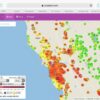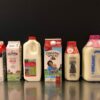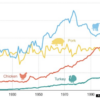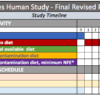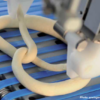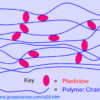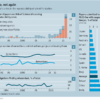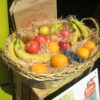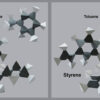Note: There is an inconsistency in the literature on reporting high sensitivity C-Reactive Protein levels. The actual protein is properly abbreviated CRP. The test procedure for measuring quantities below 10 mg/L is hsCRP. This ad-free article is made possible by the financial support of the Center for Research on Environmental Chemicals in Humans: a 501(c)(3) non-profit. […]
